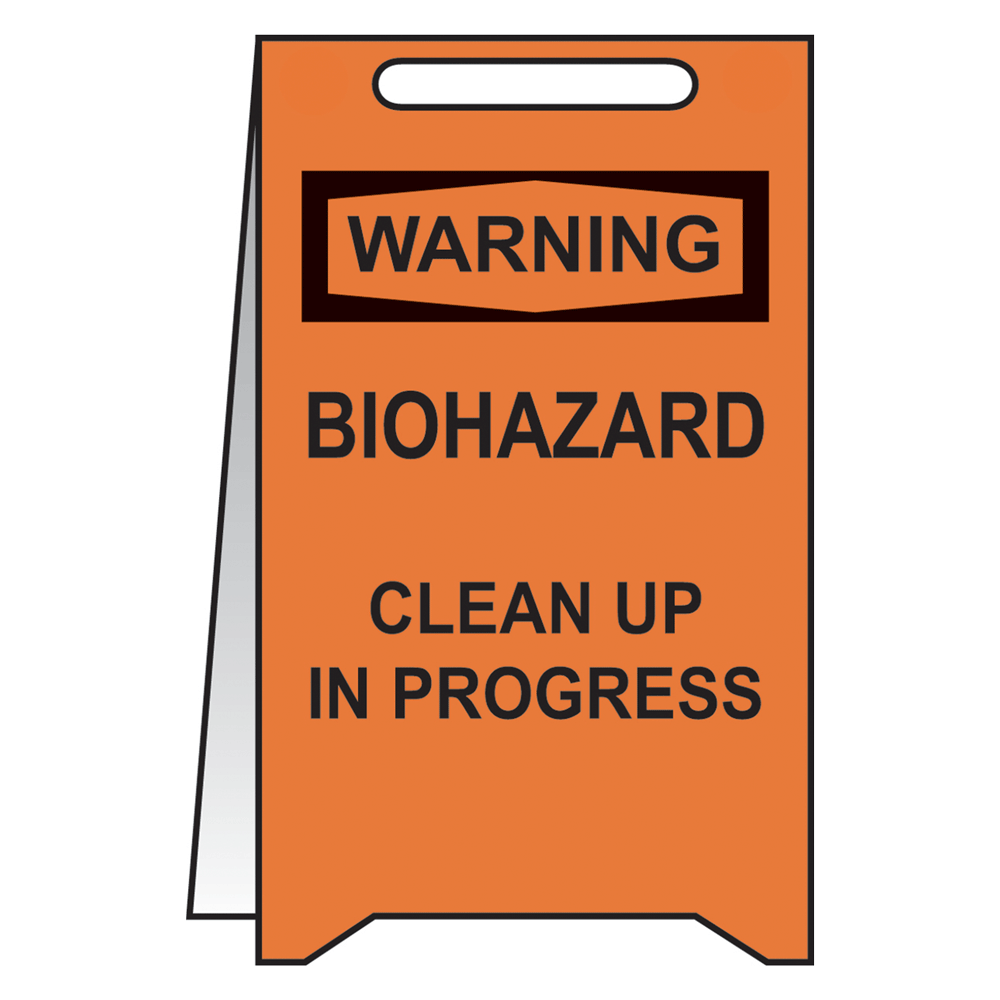Precise ATP Testing for Effective Sanitation and Hygiene Monitoring
Precise ATP Testing for Effective Sanitation and Hygiene Monitoring
Blog Article
Professional Biohazard Cleaning and Decontamination for Blood, Bodily Fluids, and Hazardous Materials
The possible health threats associated with direct exposure to biohazards emphasize the crucial demand for meticulous handling and thorough clean-up. As we navigate the complex landscape of biohazard clean-up, understanding the subtleties of guidelines, compliance, and the specific devices at play ends up being essential in guaranteeing a safe and detailed decontamination process.
Health And Wellness Threats of Biohazard Direct Exposure
Direct exposure to biohazards postures considerable wellness risks that can cause extreme effects for communities and individuals alike. Biohazards encompass a vast array of organic substances, consisting of blood, bodily liquids, mold and mildew, germs, infections, and various other possibly transmittable products. When individuals enter contact with these biohazards, whether via accidents, inappropriate handling, or environmental exposure, they face the danger of contracting major ailments or conditions.
One of the key health and wellness threats associated with biohazard exposure is the transmission of contagious illness. Bloodborne virus such as HIV, liver disease B and C, and different germs can be present in biohazardous materials, positioning a direct risk to human health. Breathing in air-borne biohazards like mold spores or entering into call with polluted surface areas can also cause breathing concerns, allergies, and other unfavorable health and wellness effects.
In addition, biohazard exposure can have lasting health and wellness implications, with some diseases showing up years after the preliminary get in touch with (Blood Cleanup). Consequently, it is vital to focus on correct biohazard cleansing and decontamination to reduce these wellness risks and ensure the safety and security of areas and individuals

Specialized Educating for Biohazard Clean-up
When it comes to managing biohazard cleaning successfully and securely, specialized training plays a fundamental function in guaranteeing correct decontamination treatments are complied with. Biohazard clean-up requires specific expertise and skills to effectively reduce risks linked with bloodborne pathogens, bodily liquids, and dangerous materials. Professionals trained in biohazard cleanup undergo extensive guideline on how to safely take care of, remove, and dispose of biohazardous materials to stop contamination and exposure.
Specialized training for biohazard cleanup covers a range of necessary topics, consisting of proper individual protective tools (PPE) use, bloodborne pathogen awareness, purification techniques, and contaminated materials disposal methods. Individuals learnt biohazard cleaning are outfitted with the required competence to examine contamination levels, identify potential risks, and execute appropriate clean-up procedures in conformity with regulatory standards.
Continuous training and education are vital in the area of biohazard clean-up to remain upgraded on the most recent purification innovations, safety and security protocols, and policies. By buying specialized training, biohazard cleaning experts can efficiently react to emergency cleaning scenarios and safeguard both public health and the atmosphere.
Significance of Proper Decontamination Techniques
Using proper purification methods is vital in biohazard clean-up to properly remove hazardous products and minimize health and wellness risks. Efficient decontamination not just makes sure the elimination of visible traces of blood, physical liquids, and other biohazards yet additionally targets undetectable pathogens that might position significant health risks otherwise effectively eliminated. By adhering to rigorous purification methods, educated professionals can considerably minimize the danger of exposure to hazardous microorganisms, viruses, and microorganisms that could result in conditions or infections.
Appropriate purification methods entail the use of specific devices and disinfectants that are particularly developed to neutralize biohazards successfully. Detailed cleaning and sanitation of infected areas are important to stop the spread of pathogens and ensure a secure environment for residents. In addition, the appropriate disposal of biohazardous waste following decontamination procedures is vital in preventing contamination of various other surfaces or individuals.

Devices and Devices for Safe Clean-up
When dealing with blood, physical fluids, or unsafe products, biohazard cleansing specialists depend on specialized equipment to decrease exposure risks and thoroughly sanitize the affected location. Additionally, biohazard cleaning sets containing anti-bacterials, absorptive materials, More hints and biohazard bags are utilized to securely dispose and contain of polluted items.
Advanced cleaning tools like hospital-grade anti-bacterials, HEPA-filtered vacuum cleaners, and misting makers are utilized to sterilize surfaces and eliminate biohazards effectively. Specialized devices such as sharps containers and biohazard waste disposal containers are used to securely handle sharp things and biohazardous waste materials. By making use of the appropriate tools and devices, biohazard cleansing specialists can make certain a detailed clean-up process that prioritizes safety and security and minimizes health dangers for both employees and residents of the affected area.
Rules and Compliance in Biohazard Cleansing
Appropriate adherence to regulations and conformity requirements is critical in biohazard cleansing these details to make certain the safety of both personnel and the setting. Government companies such as OSHA (Occupational Security and Health And Wellness Administration) and the EPA (Environmental Defense Firm) have actually established certain standards for biohazard cleanup treatments to reduce health dangers and ecological contamination. These regulations cover a series of aspects including the handling, transportation, and disposal of biohazardous materials, as well as the essential training and protective devices required for employees included in the cleanup process.
Biohazard cleansing companies should remain up-to-date with these guidelines to guarantee that their procedures fulfill the called for security criteria. Failure to follow these regulations can lead to extreme repercussions, including fines, lawful action, and endangering the health and wellness of individuals and the atmosphere. By complying with strict regulations and compliance steps, biohazard cleaning business can successfully alleviate risks and make sure a safe and comprehensive cleanup procedure for all events included.
Conclusion
To conclude, biohazard cleaning and purification call for specialized training, correct techniques, and adherence to guidelines. Exposure to blood, physical fluids, and harmful products presents substantial wellness threats, making it critical to use the best devices and devices for risk-free clean-up. By adhering to strict protocols and standards, experts can successfully minimize the risks connected with biohazard direct exposure and ensure the security of my response both themselves and others.
As we browse the detailed landscape of biohazard clean-up, comprehending the nuances of policies, conformity, and the specialized devices at play comes to be imperative in guaranteeing a risk-free and complete decontamination process. (Blood Cleanup)
When it comes to taking care of biohazard clean-up successfully and safely, specialized training plays an essential function in making certain correct purification procedures are adhered to.Making use of proper decontamination techniques is critical in biohazard cleaning to efficiently decrease and eliminate unsafe products health threats. Additionally, biohazard cleansing sets including anti-bacterials, absorbent products, and biohazard bags are utilized to securely have and get rid of of polluted items.
Government firms such as OSHA (Occupational Safety And Security and Health And Wellness Administration) and the EPA (Environmental Defense Agency) have established particular guidelines for biohazard cleanup procedures to minimize wellness risks and ecological contamination.
Report this page